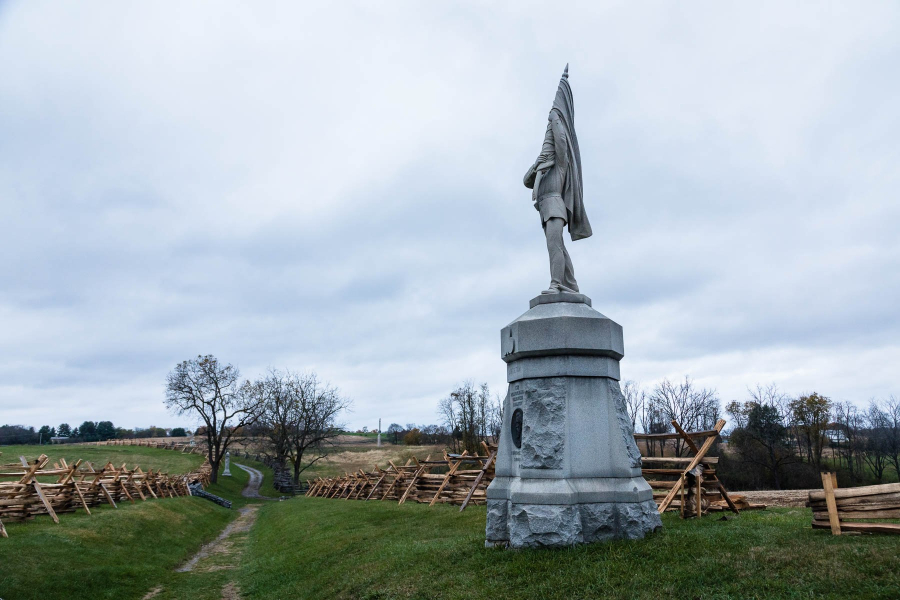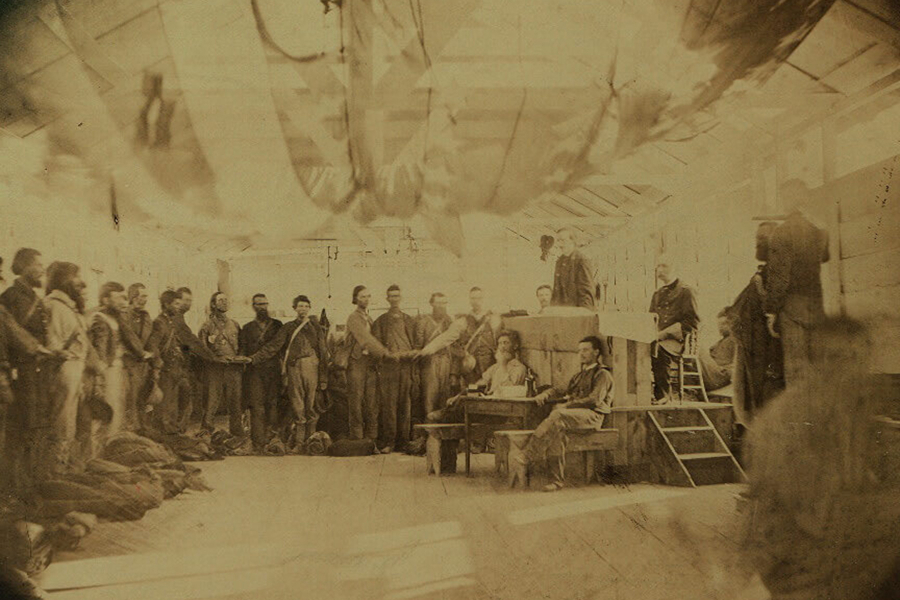Civil War
Read about how the Bay and its rivers and streams played a pivotal role in many Civil War battles—both on land and water.


Read about how the Bay and its rivers and streams played a pivotal role in many Civil War battles—both on land and water.

